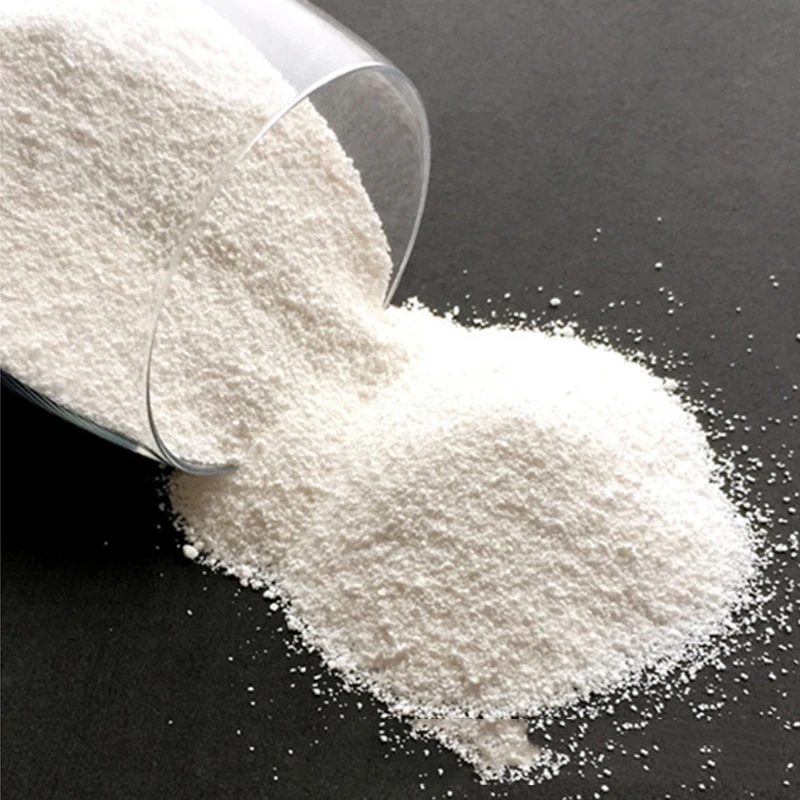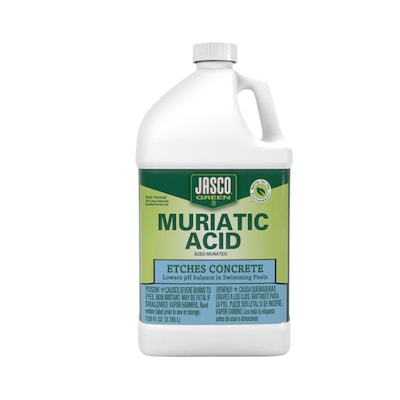Do you recall using one of those litmus tests in a middle school science class? You may even remember your teacher using a lemon and a carton of milk as an illustration of acids and bases. That type of litmus test is how pool PH tests work. Whether you use a test kit or test trips, the results are the same; the test will show you a number (most tests will show anywhere from 7.0-8.4) that indicates how basic or acidic your pool water is (ph and total alkalinity). A PH of 7 is neutral, but many kits will place 7.4 as the middle number on the gradient––that’s the optimal PH number in pools since it’s the same as the human eye and mucous membranes. Thankfully, adjusting this number is a tad easier than adjusting chlorine levels. Here are two types of PH raisers and reducers you can use to change your pool chemistry for a properly balanced swimming pool.
Options to Raise Ph in a Pool:
- Sodium bicarbonate
Believe it or not, this is just baking soda! Those who have small pools can just use household baking soda to accomplish the same goal, but for those with larger pools, it’s hard to find a big enough container to match your pool’s needs. Pool stores sell this in big bags or buckets, so it’s easier to buy it there in that case. In general, you want to use 3-4 pounds of this per 10,000 gallons of water to increase ph in the pool. The average square backyard pool has about 15,000 gallons. Using baking soda specifically has its benefits: clearing cloudy water, reducing algae growth, making the pool water feel softer on skin, preventing corrosion to pool features, and helping the chlorine kill off germs effectively. This is the preferred substance for raising PH since many homeowners already have it on-hand, and it’s safer to use than sodium carbonate.

- Sodium carbonate
This substance is also known by a more common name:soda ash. It’s much more basic than bicarbonate (11.3-11.8), so a little bit of it goes a long way; it only takes 1 pound per 10,000 gallons, as opposed to the 3-4 for bicarbonate. In general, you only want to use this one if your PH drops below 7.2 due to the big PH fluctuation. On the bright side, the PH shouldn’t change too drastically if your chlorine chemicals are under control, which means you shouldn’t have to adjust it too often. Adding sodium carbonate to your pool also requires a specific procedure; you have to add the product to a large amount of water and dissolve it, then pour it back into the pool. This is because sodium carbonate is very concentrated, so dissolving it in water first will help it spread well and prevent the pool from becoming cloudy.

Options to Lower Ph in Pool
- Muriatic acid
Muriatic acid is the most common type of acid in commercial pools, but it’s less common for residential pools due to the safety hazards. It’s still a popular choice for a few reasons: it cleans pool surfaces well by removing stains and scaling, prevents corrosion, and can stifle algae blooms. As with any acid, it’s very dangerous in its raw form, so you’ll need safety equipment before using it: an apron, gloves, safety goggles, a plastic bucket, and a stirrer that’s used only for acid mixing. When using any type of acid, make sure you add it to a bucket of water before putting it in the pool––strong acids mixed with water can result in a large heat reaction. However, doing the reverse will ensure that the acid is more diluted and safe to use. This generally comes in bottles, so it’s important to store it on a shelf above the ground to prevent any accidental spills.

- Sodium bisulfate
Sodium bisulfate (sodium hydrogen sulfate) has become the preferred choice for backyard pools since it’s a dry acid, which means the safety risks are lower compared to liquid acid. You may have previously heard of it because it’s also used in a lot of household products, such as toilet bowl cleaners and dishwashing solutions. Sodium bisulfate is also less corrosive than muriatic acid, so it’s a better choice for homeowners who are worried about adding too much acid to their pool. This is often sold in buckets labeled “PH reducer” for a pool with a high ph level.

Which is best?
Most pool operators have their favorite PH reducers and raisers, but all will agree that you need to choose what’s best for your pool and safety. If you have any questions, reach out to your local pool supply store or an experienced pool technician. No matter what you choose, all of these products come with directions on their labels and a guide for how much you should add to your pool or hot tub, so you can feel confident that your PH levels will stay in the desired range.
Jehn Kubiak's bio:
Swim Instructor in Orange County
Jehn is an aspiring aquatics manager who has lifeguarded for five years and taught swim lessons for three. Jehn has mostly taught for private swim schools, but she is also a certified American Red Cross Water Safety Instructor. Although Jehn loves teaching, she’s also a nerd about pool operations who thoroughly enjoys testing and balancing chemicals.
ABOUT SUNSATIONAL SWIM SCHOOL
Sunsational Swim School is the 🥇 #1 rated provider of private, at-home swimming lessons in America. We have specialized swim instructors for students ages 6 months to adult, beginner to advanced. Featured on ABC, CBS, Impact 100, The List and others, Sunsational instructors have a minimum of 2 years of teaching experience, are CPR certified and insured, and have collectively taught over 302,223 lessons for more than 74,415 students nationwide!


